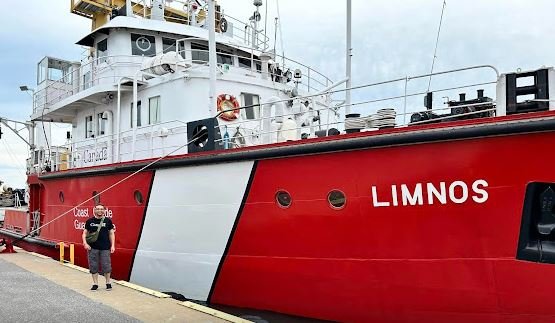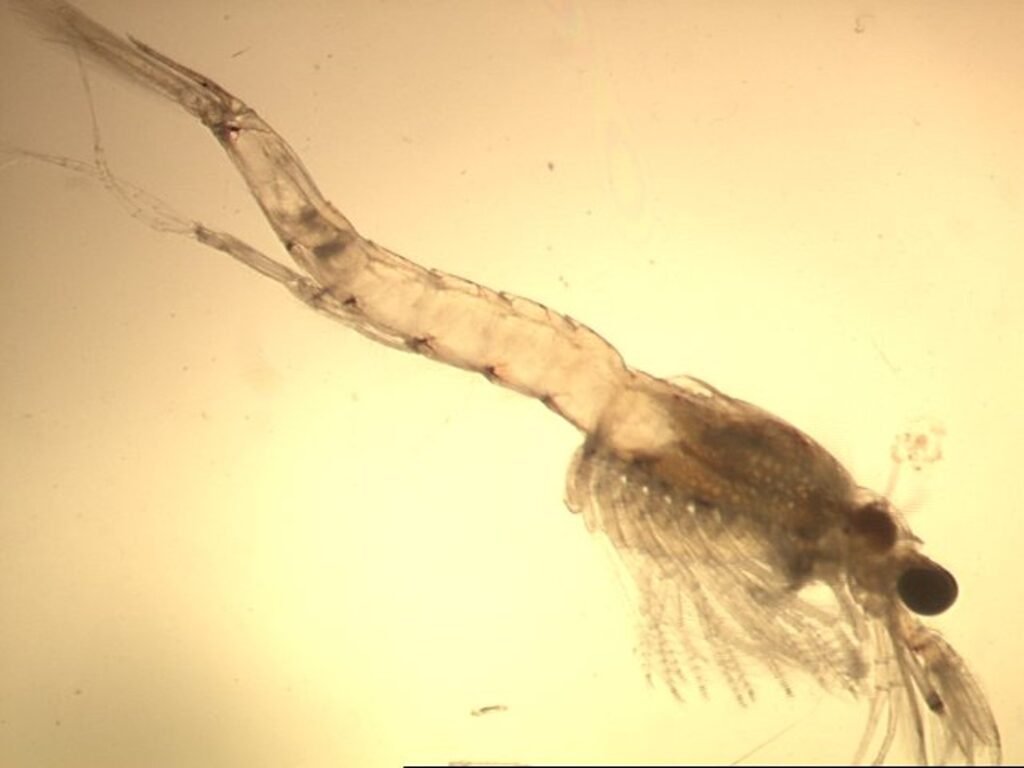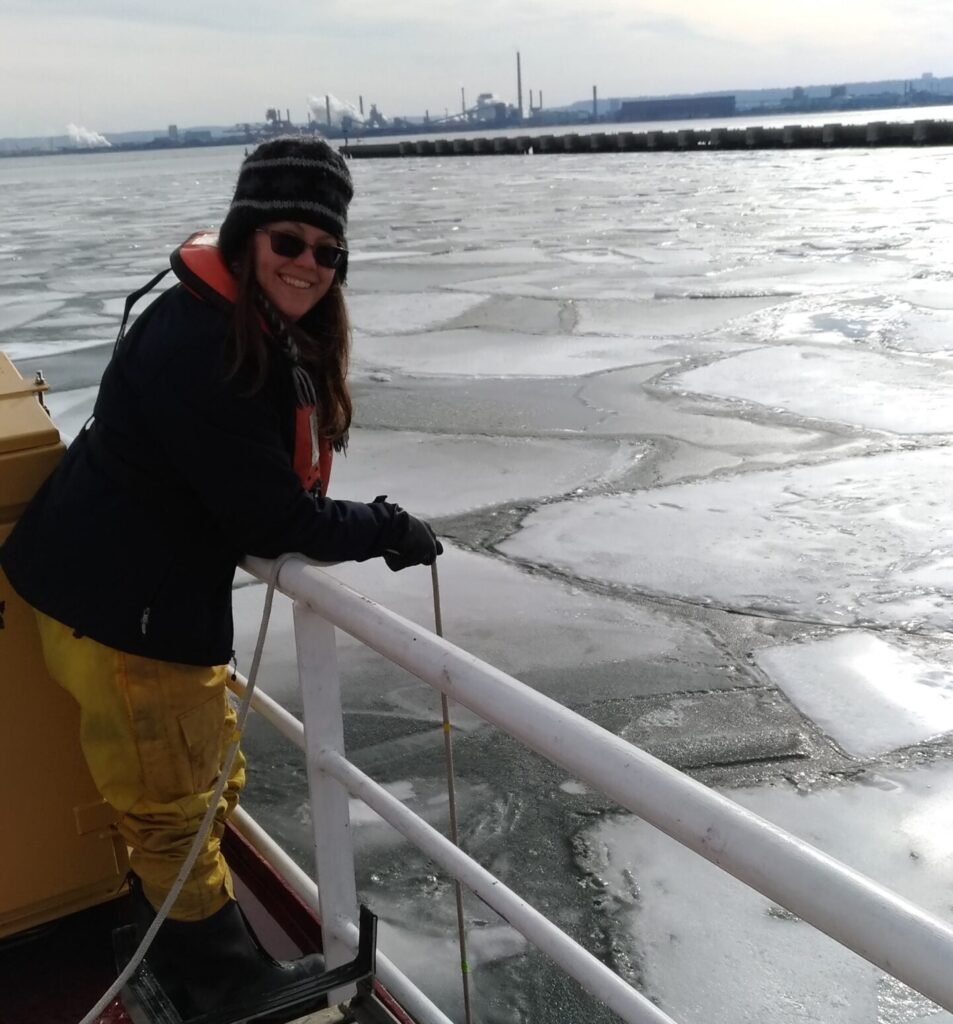Zig-Zagging Through Lake Erie: A CSMI Expedition on the Limnos
Last week, members of our team in the DFO Great Lakes Food Webs lab returned from a week-long voyage aboard the Canadian Coast Guard Ship (CCGS) Limnos for the first cruise of the Lake Erie CSMI field-year. We were joined by other interdisciplinary scientists and technicians from our federal research partners at Environment and Climate […]
Zig-Zagging Through Lake Erie: A CSMI Expedition on the Limnos Read More »







